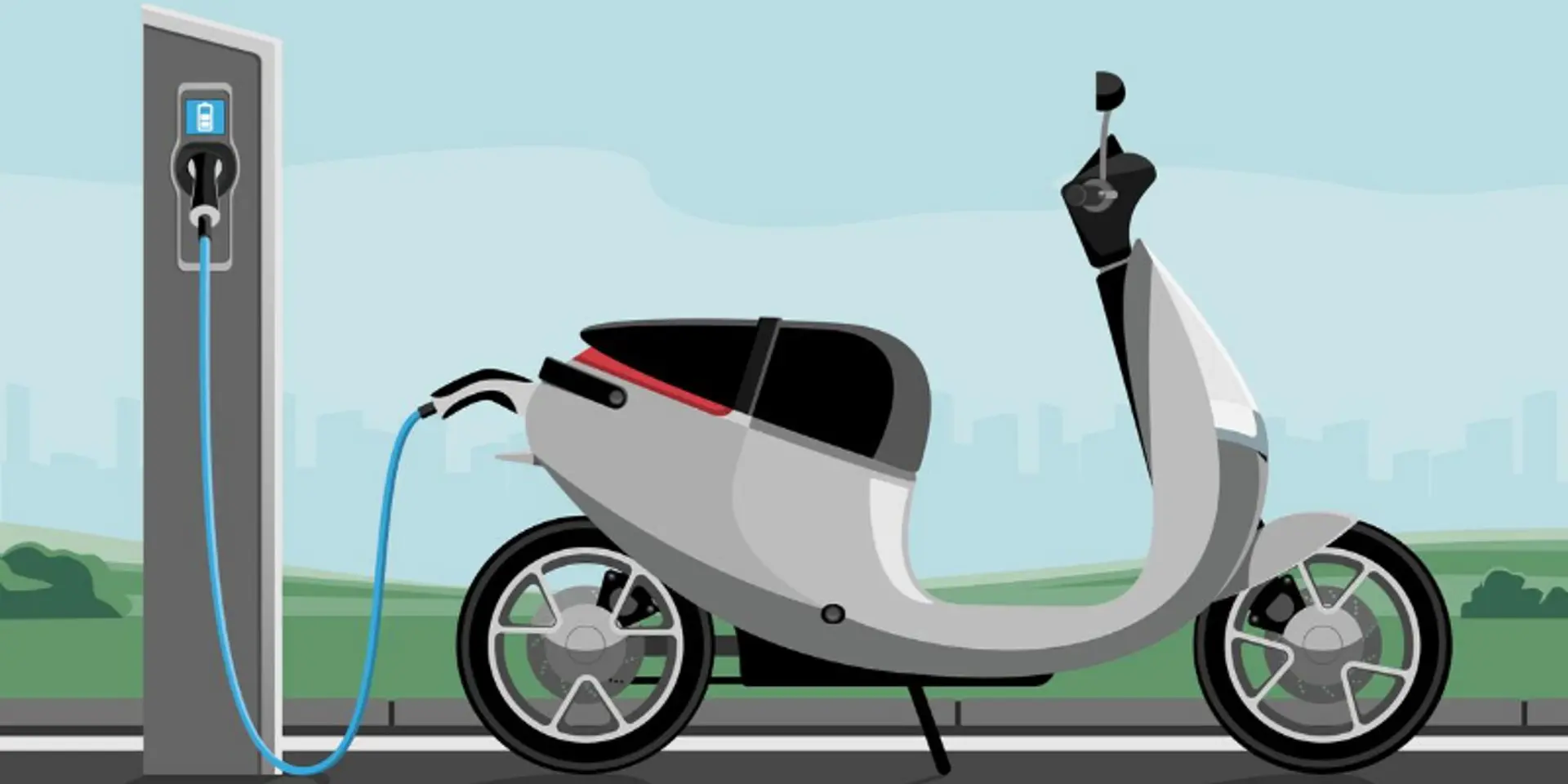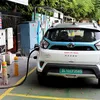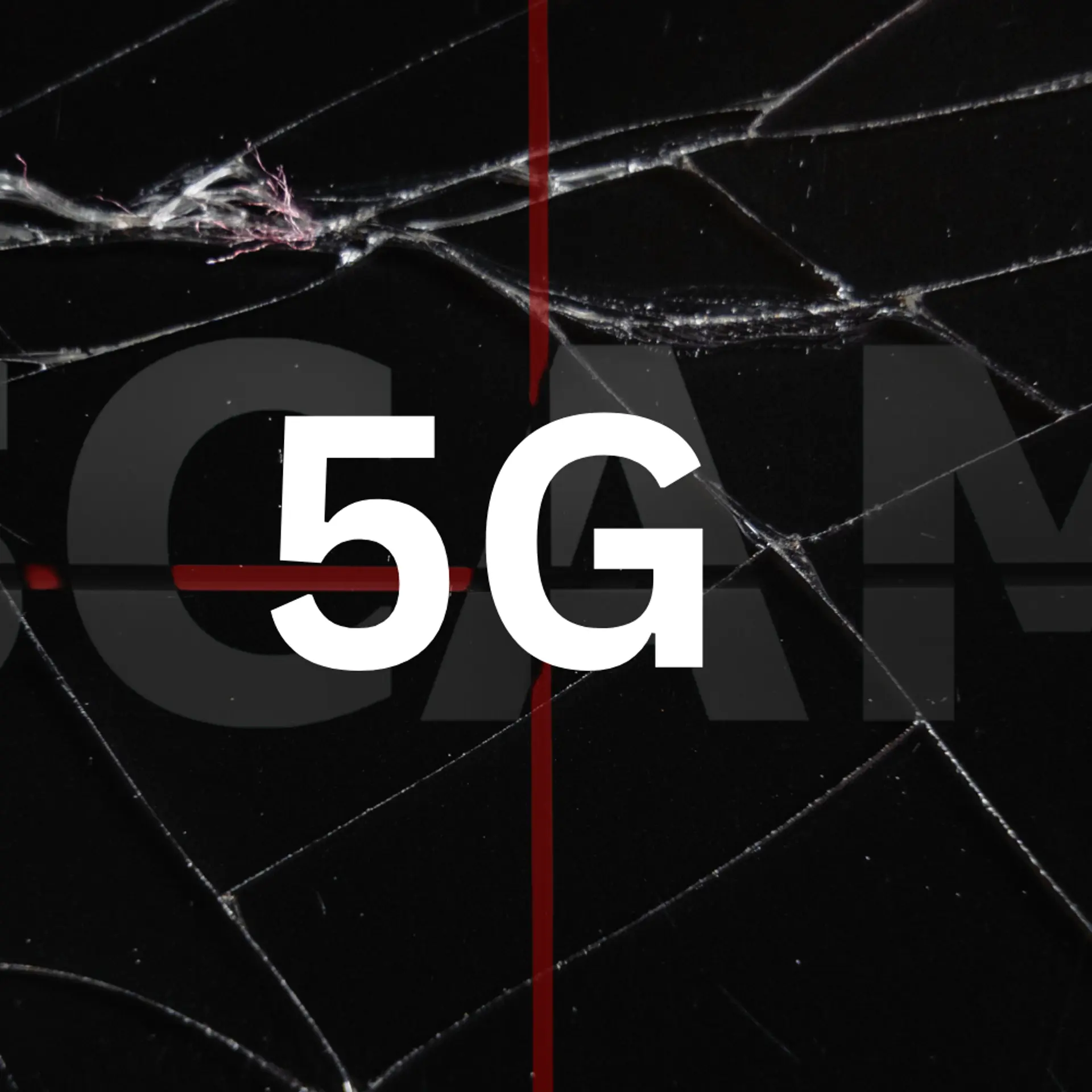EV subsidy should be extended for 3-5 years for better adoption: Ather Energy
Ather expects 100% electrification of the domestic two-wheeler market by 2030, even as it prepares to start exports to an India-like market in the near future.
With the FAME-II (Faster Adoption of Manufacturing of Electric Vehicles in India) scheme coming to an end in March next year, Ravneet S Phokela said Ather Energy is happy with the government support and the current levels of subsidy but hoped that it would be extended for another three to five years for acceleration of EV adoption.
Policy predictability is needed to make investment plans for accelerating electric mobility in the two-wheeler segment, Ravneet S Phokela, Chief Business Officer at , told PTI in an interview.
"Two requirements, extend the period of time and importantly, let there be policy predictability," he told PTI when asked about the company's wishlist for FAME III.
The company, in which Hero MotoCorp is a significant investor, expects 100% electrification of the domestic two-wheeler market by 2030, even as it prepares to start exports to an India-like market in the near future.
He further said, "Unpredictability is not good for business because my business plans are based on a certain assumption of subsidy. If the assumption changes, then the plans change, and if I'm not certain about my plans, I can't make investments."
Ather Energy had planned to set up a third plant with a capacity of 10 lakh units annually, but so far has not finalised a location.
"Should I make a 1 million plot or half a million plot? Whatever might be the structure (of subsidy), don't change it. Please make it predictable, so that we can make investments," Phokela said.
In terms of subsidy, he said, "We are happy with the current levels (around Rs 21,400 per vehicle). We're not even recommending taking subsidies back to higher levels because that is unnatural. It just forces the market to become more comfortable than they actually should be in terms of the price structures."
The market cannot sustain on artificial pricing, he asserted.
When asked for how many years should electric two-wheelers be subsidised, Phokela said, "Three to five years...but what we recommend is that longevity is more important than more subsidy in one year. So, this finite amount of money can be spread out over three to four years, (rather) than busted in one year and be done with it."
The company is also open to the idea of reducing the subsidy structure with each passing year, he added. From June 1 this year, the subsidy provided under the FAME-II scheme applicable to electric two-wheelers was reduced.
The heavy industries ministry capped incentives for electric two-wheelers at 15% of the ex-factory price of vehicles from 40% earlier and fixed demand incentive at Rs 10,000 per kWh for electric two-wheelers.
Asked about the possibility of 100% electrification of the two-wheeler market in India, Phokela said, "(By 2030) that for sure will happen, two-wheelers will happen for sure, but in 2025 we will look at about 50-55% penetration."
On Ather's export plans, Phokela said while there have been interest from overseas market, the company had "resisted the temptation" so far to focus on the opportunities in the domestic market, but "we will start exporting soon enough and if all goes well, we want to make an announcement as early as next two months".
When asked which market the company is looking at, he said, "We're looking at a market which is slightly more similar to India, which just makes it easy to take the first step outside."
Edited by Suman Singh








